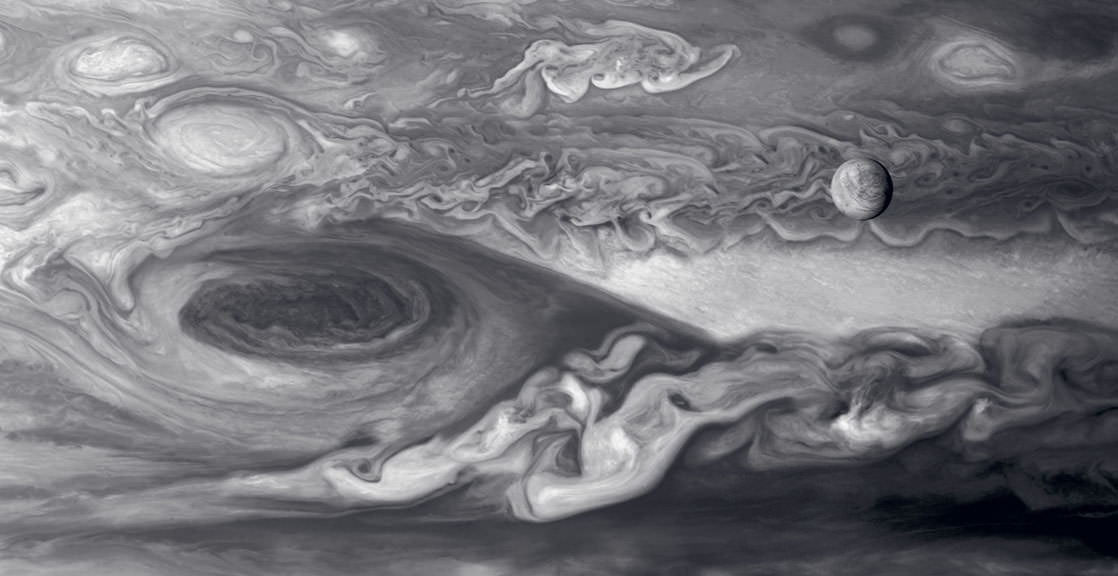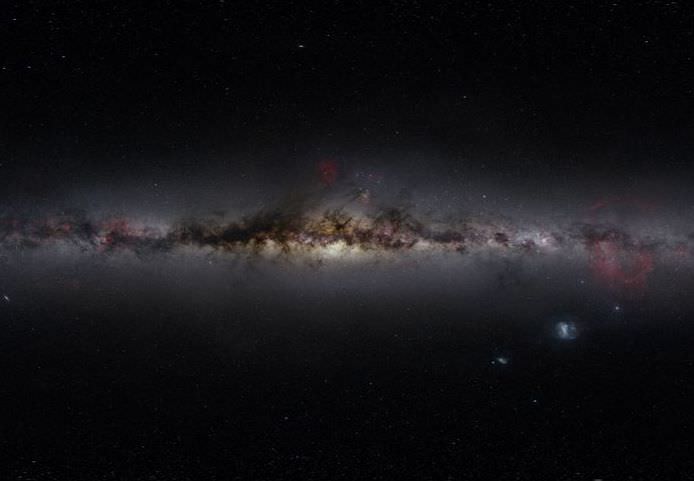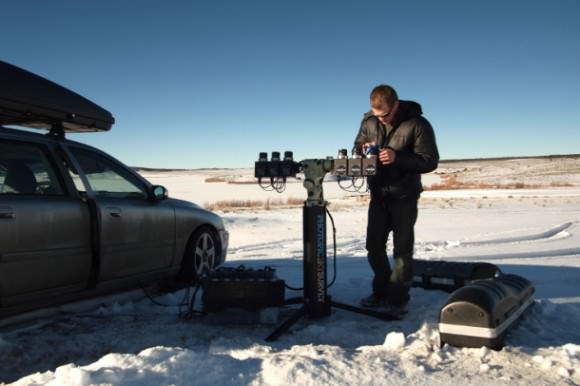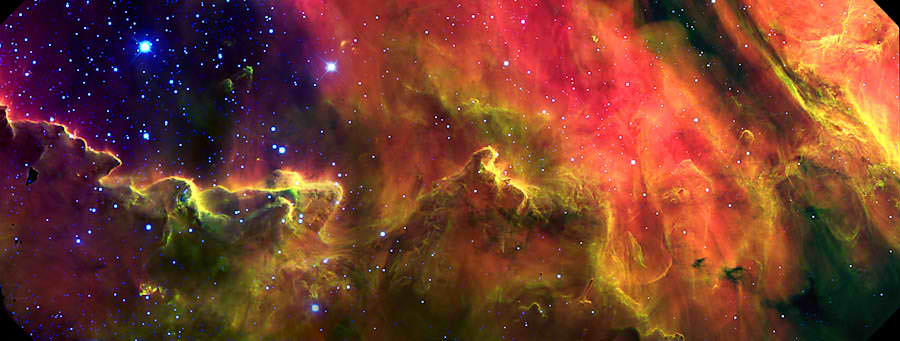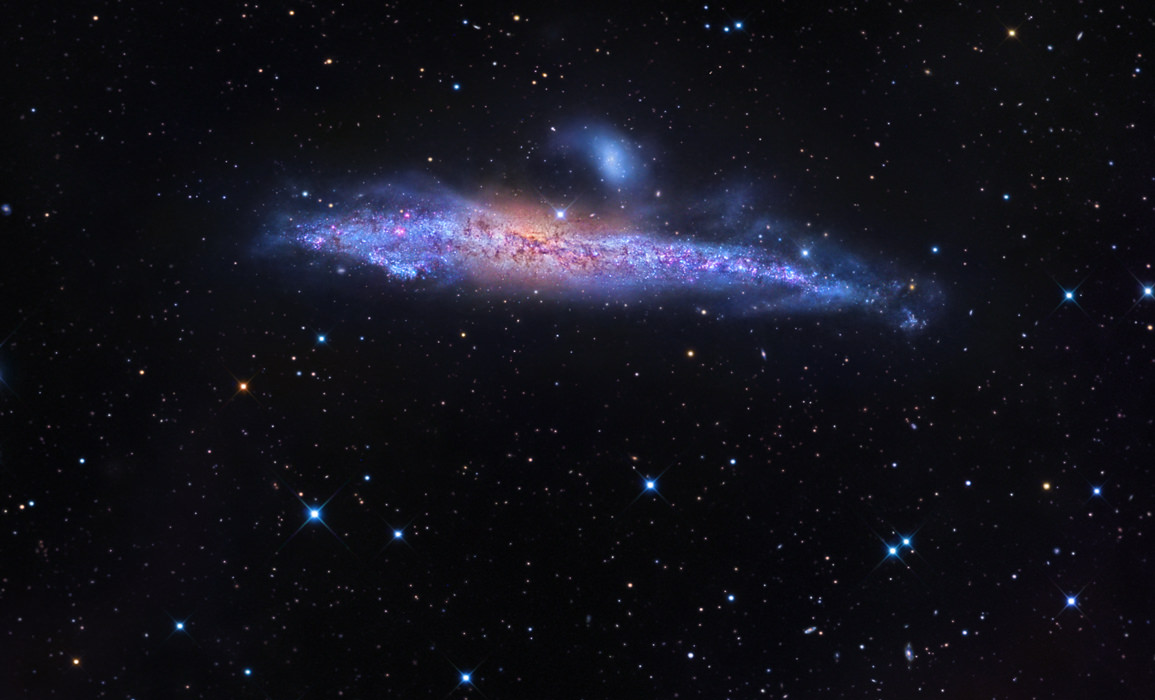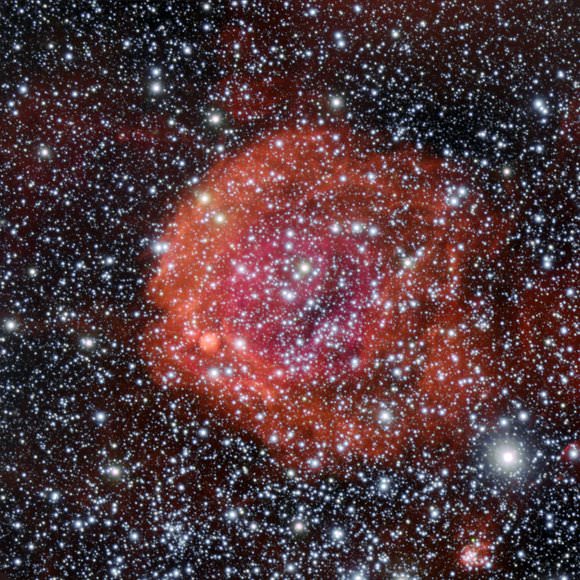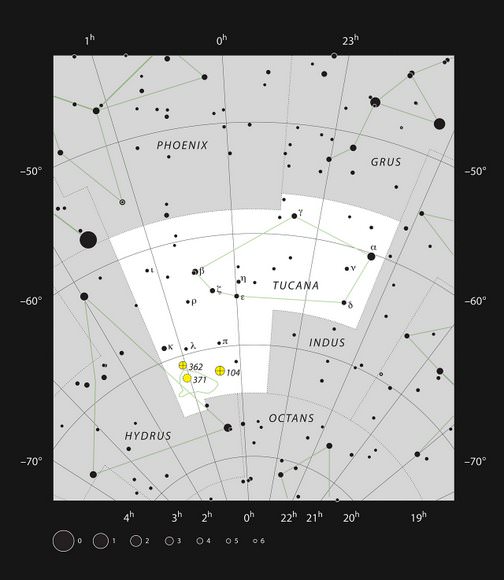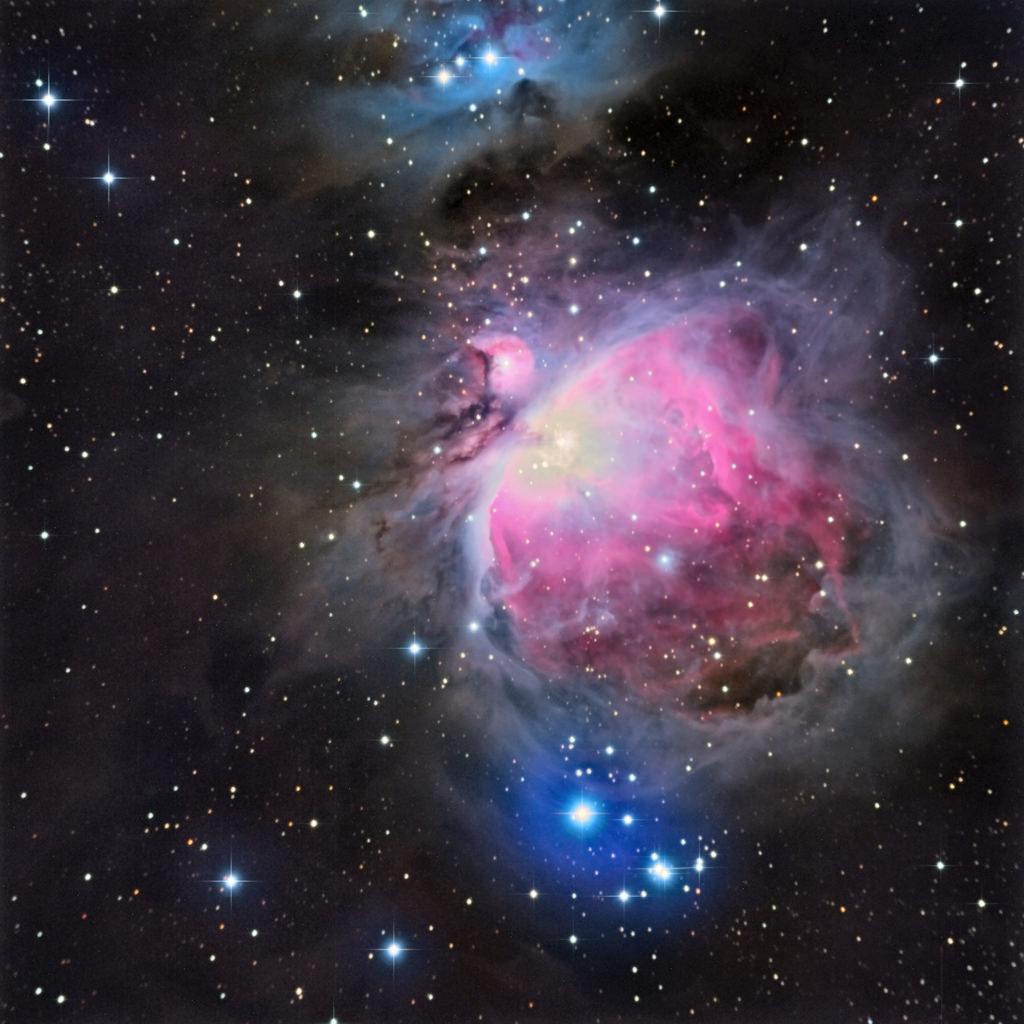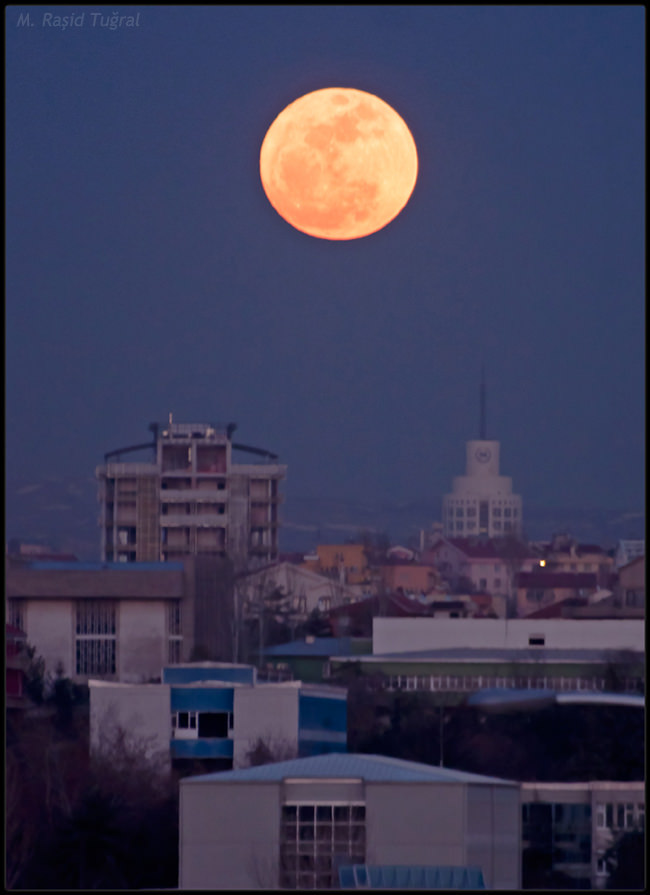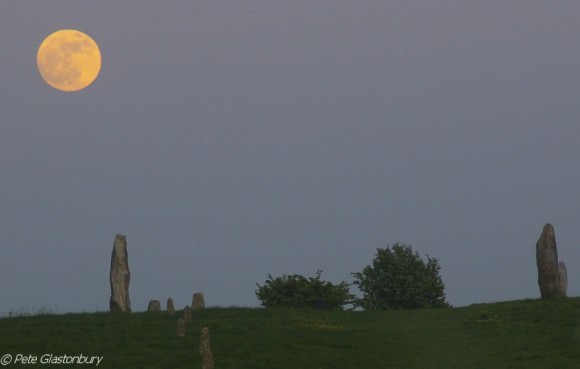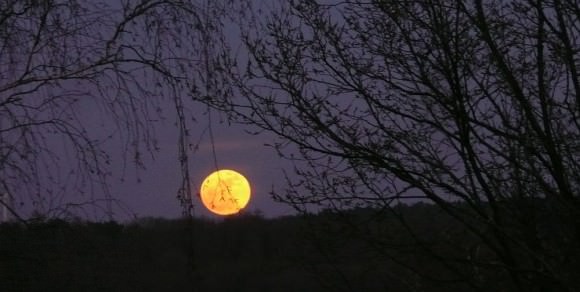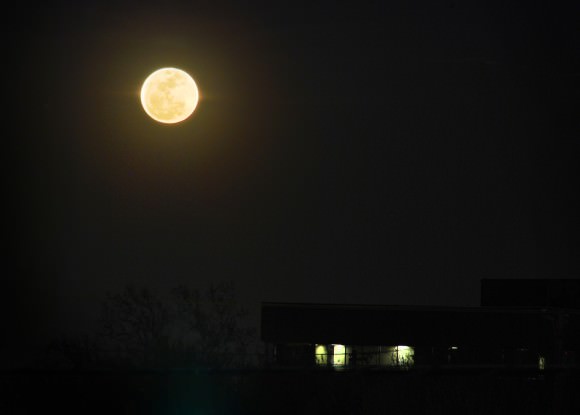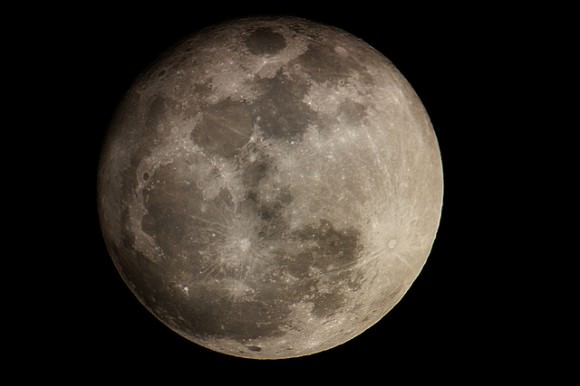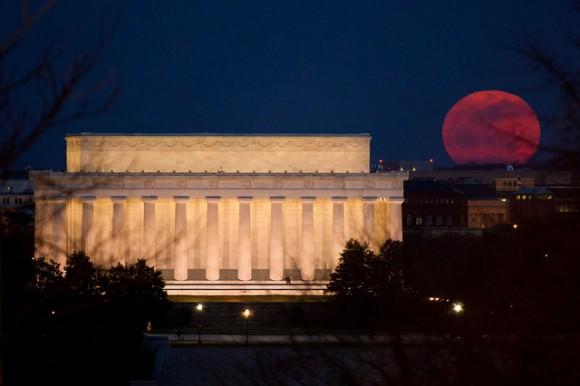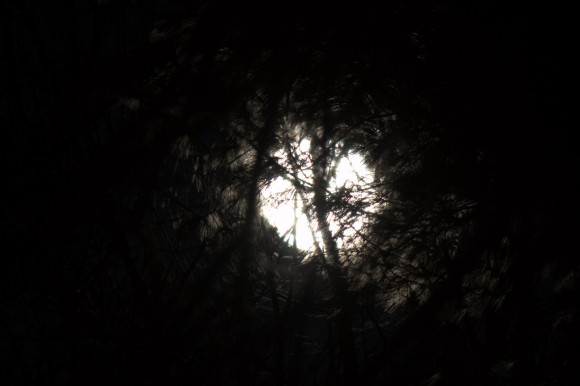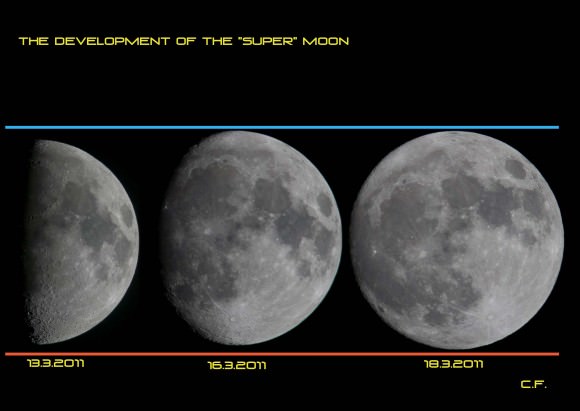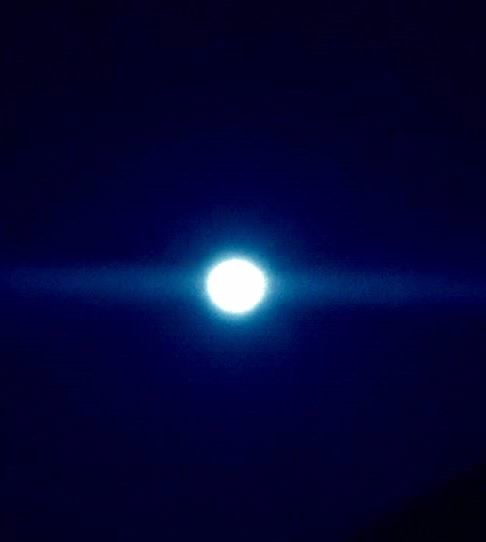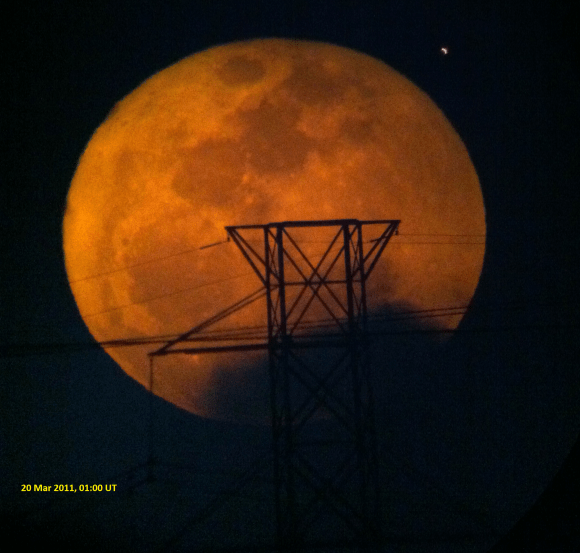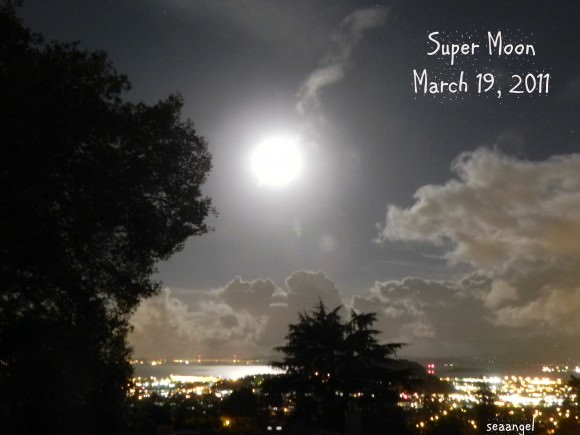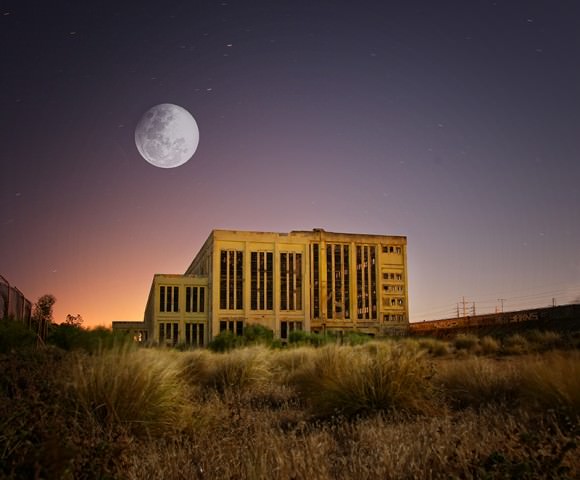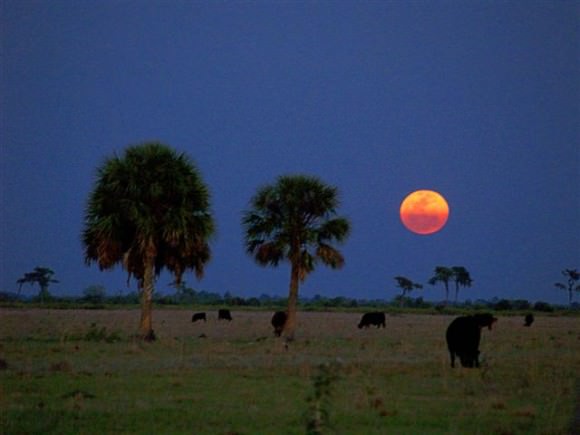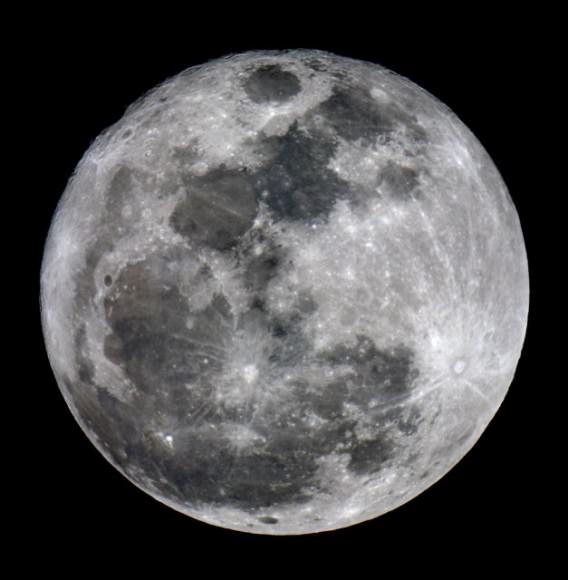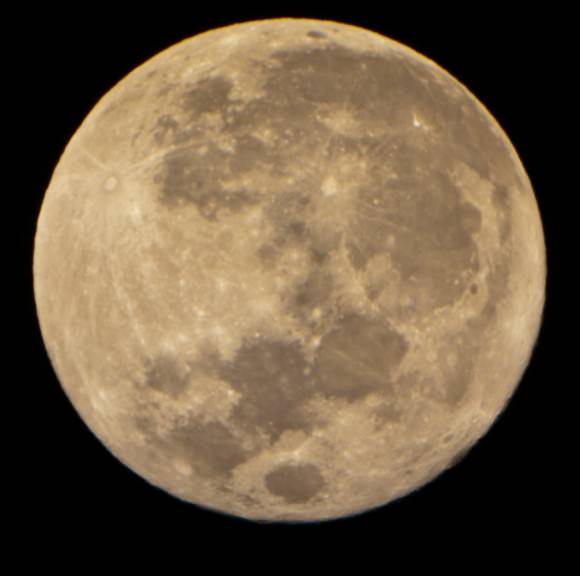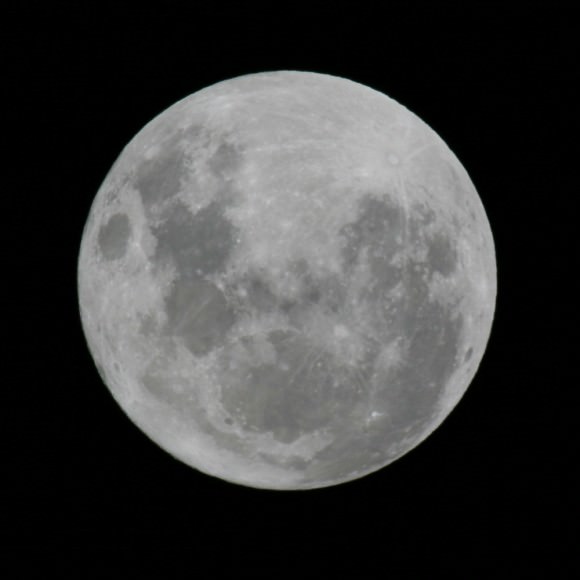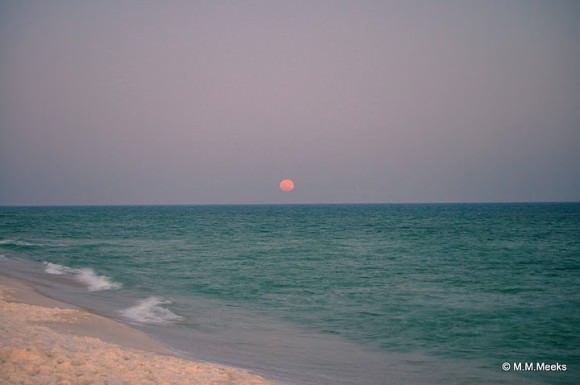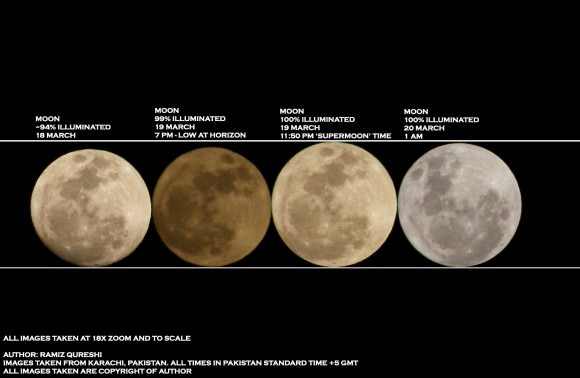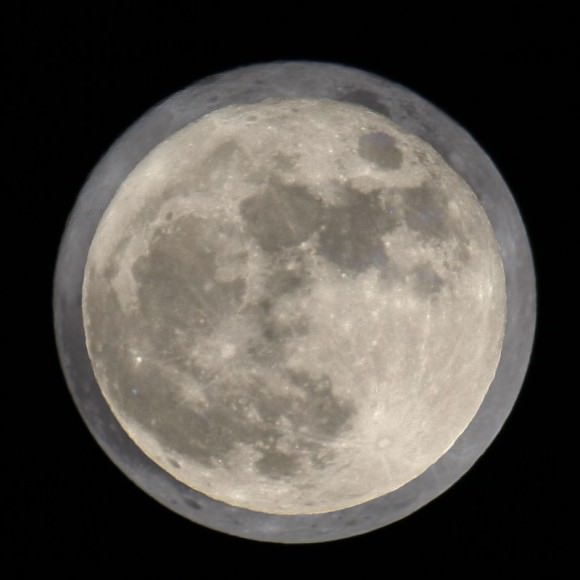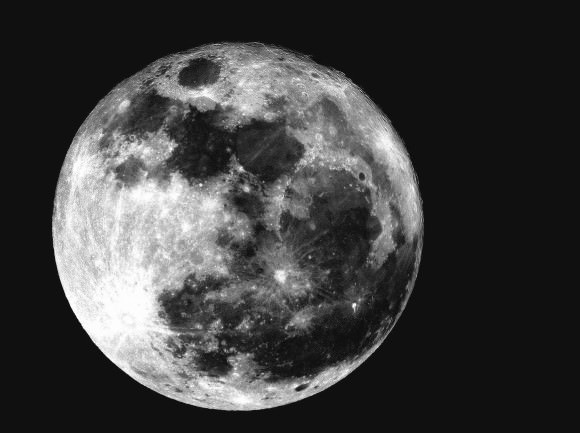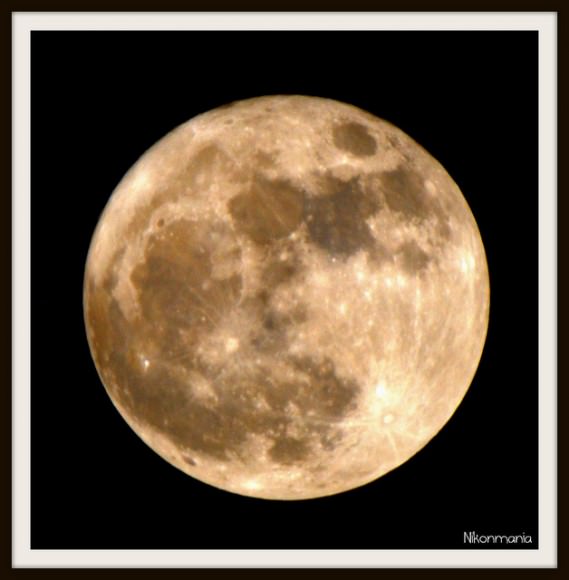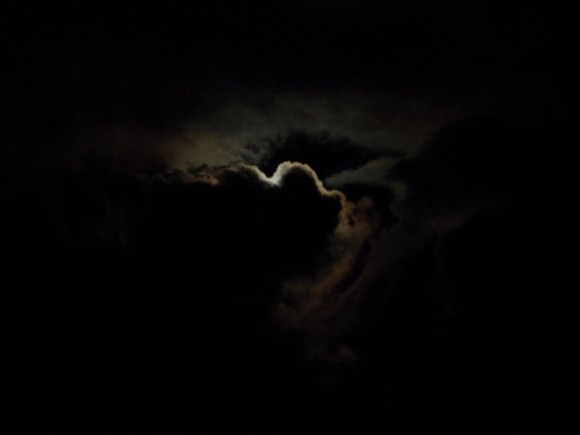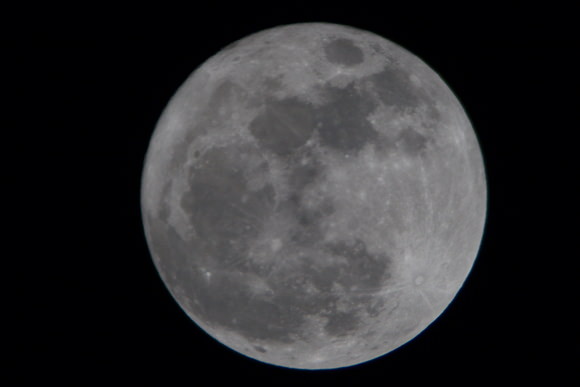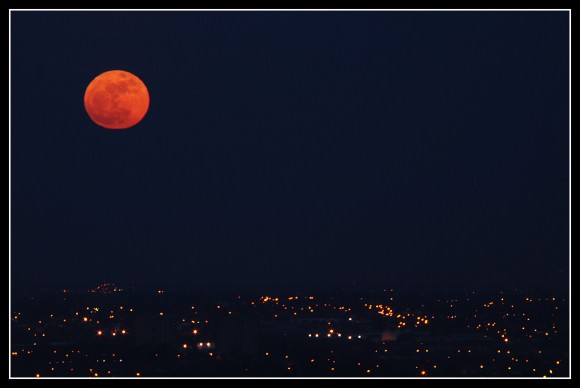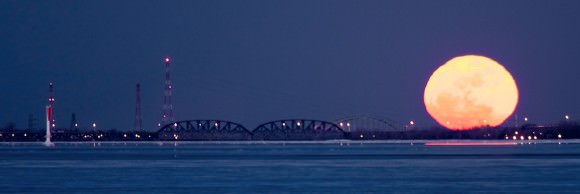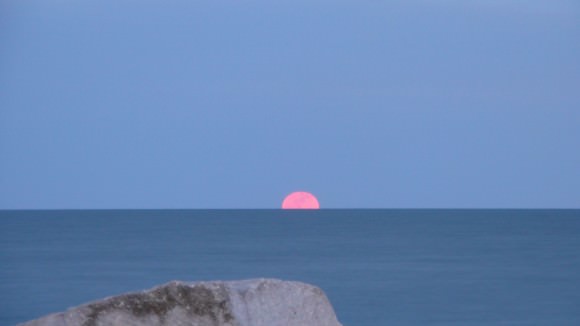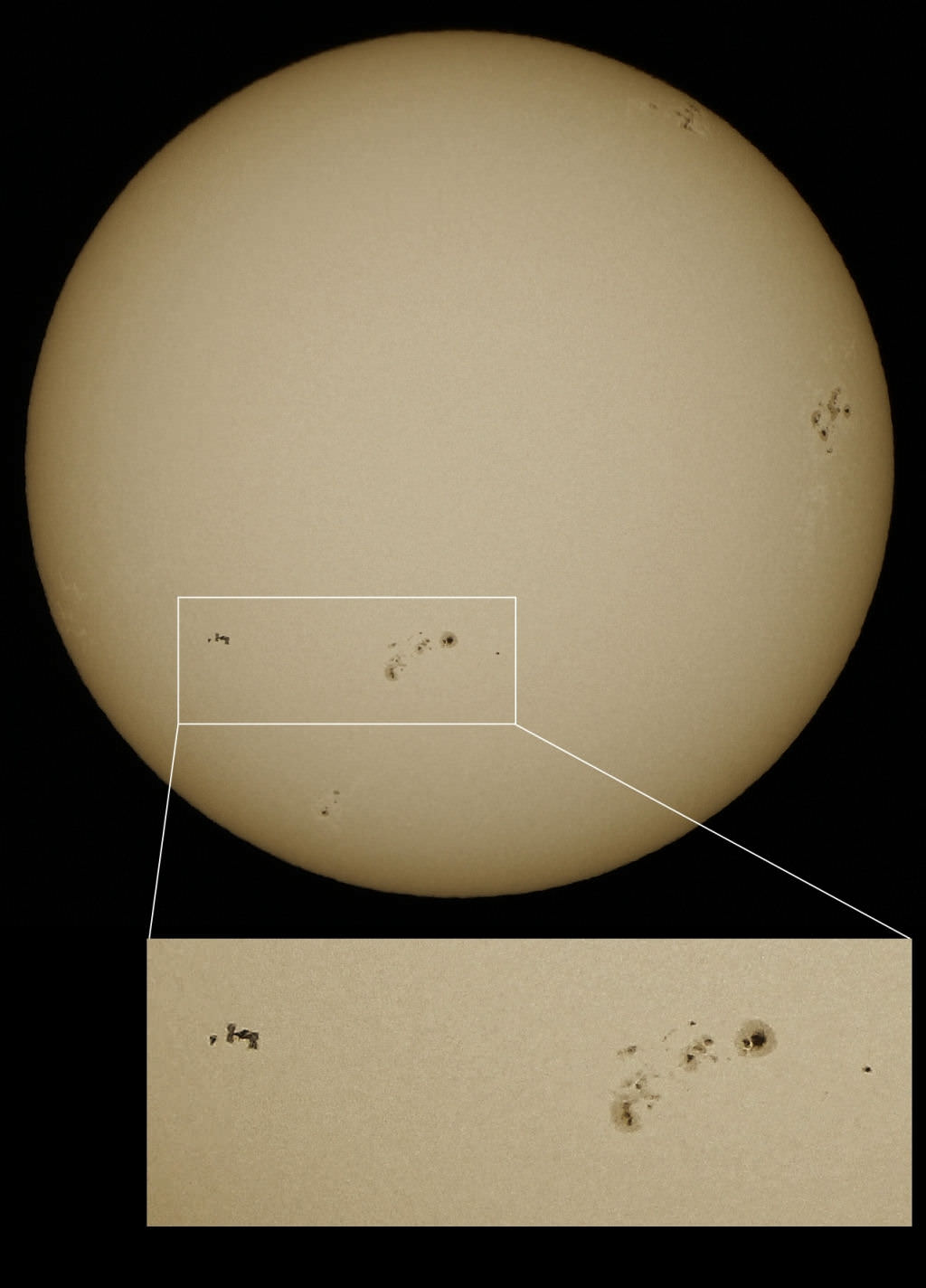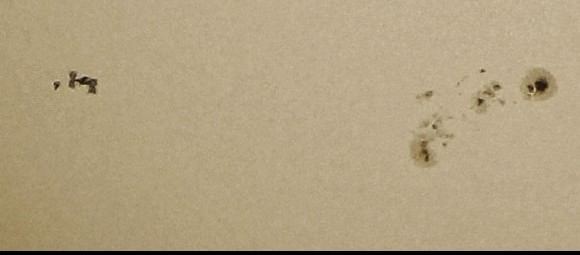[/caption]
We’ve featured many space images here on Universe Today that have been produced by imaging enthusiasts who take raw images from a mission or spacecraft and refine them into what many consider works of art. Michael Benson has taken this activity to a level “above and beyond” by creating exhibits, books, and movies portraying the images taken by our robotic emissaries to the solar system.
“Travelers hurrying through Concourse C of Dulles International Airport in Washington, DC may be in danger of missing their flight because of a stunning and attention-grabbing exhibit of Benson’s work in the walkway there,” said Bob Hirshon from the American Association for the Advancement for Science (AAAS), who interviewed Benson on today’s 365 Days of Astronomy podcast. Above is an example of Benson’s work, a Voyager image of Europa hovering in front of a tempestuous Jupiter.
Since 1995 Benson, through his company Kinetikon, has produced a series of books, exhibitions, films, and photographic prints which explore the intersection of art and ideology and feature planetary landscapes and galactic vistas.
“Experiencing Benson’s work, you get the feeling that it comprises a kind of travel log—the way Anselm Adams’ photos give you a sense of the photographer visiting exotic locales and waiting patiently for the light and shadows to hit exactly right before snapping his photo,” said Hirshon, artistically describing Benson’s images. “But of course, Benson can’t really visit his locations.”
Benson said this type of work is not hard, but it’s not easy either. For example, the image above is created from about 60 raw frames assembled by Benson over a period of months. “I would like to think that that picture will kind of take its place as a key image in the history of exploration, because it’s such an extraordinary image,” Benson said.
Some other examples of Benson’s work:
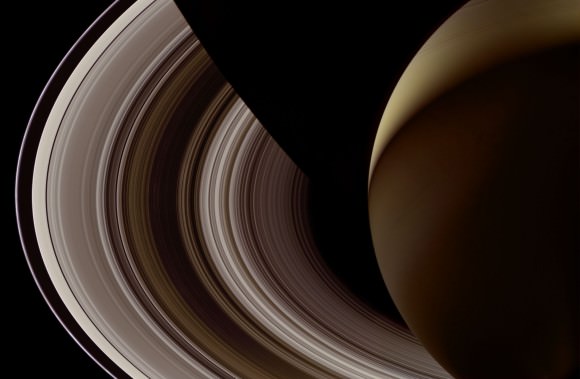
Of this Cassini image of Saturn, Benson said: “The only way to really see it in its full glory is to do the image processing. And when I put that picture together, I felt extraordinarily privileged, you know because I realized that I was probably the first human being to see it in color, the way it would be seen if we were there, because I doubt any planetary scientist went into that data and did what I did, it took about two days of work. And so I had this feeling of privilege, almost like I was exploring space myself, to see that extraordinary thing.”
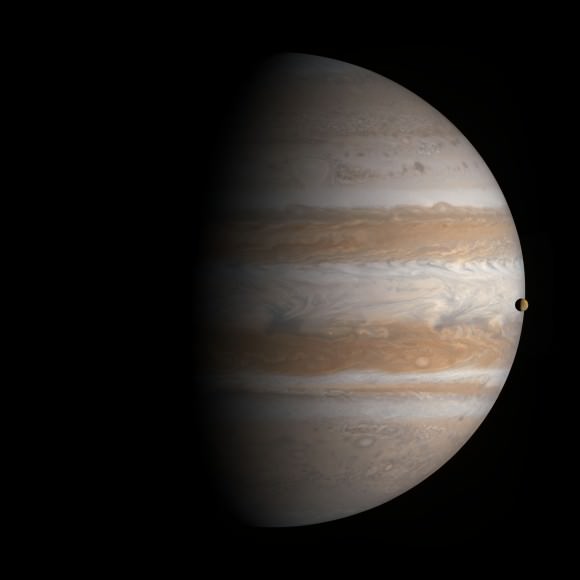
Benson’s next project is a book with a working title of “Planetfall,” featuring solar system images taken since the turn of the century, a period of exploration that humankind has never experienced before.
If you’d like to see more of Michael Benson’s work, visit his website at www.kinetikonpictures.com. To read about how he creates his work, click on Exhibits and then “About The Photographs.”
Listen to Hirshon’s interview of Benson on the 365 Days of Astronomy.

